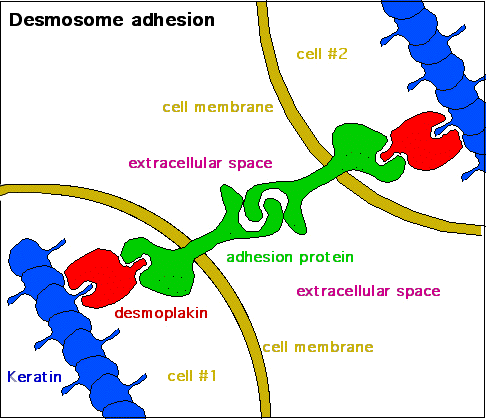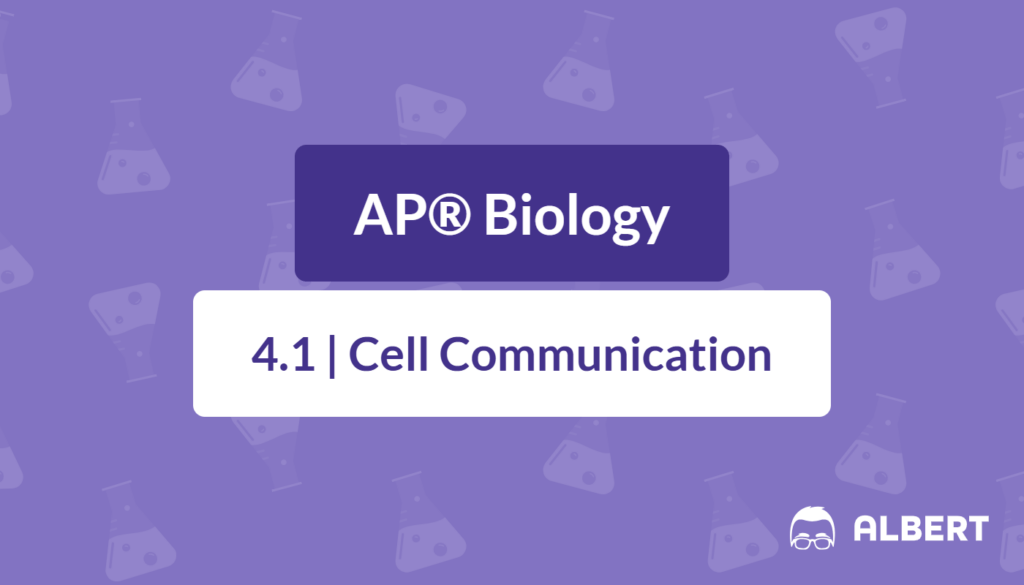What We Review
Introduction
Cell communication is crucial for every aspect of life, from growth and development to homeostasis and response to external stimuli. By exploring how cells communicate with each other, you’ll gain insights into many core processes in biology—knowledge that is especially valuable for students preparing for the AP® Biology exam. This review will walk you through the fundamentals of cell-to-cell communication—providing definitions, examples, and a set of practice problems to reinforce your understanding.
What is Cell Communication?
Cell communication refers to the myriad ways in which cells send and receive signals to coordinate their functions. This coordination is vital for maintaining homeostasis, orchestrating developmental processes, and ensuring that cells respond appropriately to changing conditions. When cells fail to communicate properly, it can result in a range of issues, from impaired immune responses to developmental abnormalities.
How Do Cells Communicate?
Cells communicate in two primary ways:
- Direct contact between cells (physical contact).
- Chemical signaling over short or long distances.
These methods allow cells to share information efficiently—whether they’re neighboring cells in a tissue or distant cells in different parts of the body.
Cell-to-Cell Contact
A. Types of Cell-to-Cell Communication
- Gap junctions (in animal cells) and plasmodesmata (in plant cells) – Channels that directly connect the cytoplasm of adjacent cells, allowing ions and small signaling molecules to pass through rapidly.
- Tight junctions – Seal adjacent cells together, preventing leakage of molecules between them.
- Desmosomes – Provide structural support by anchoring cells together, especially in tissues subjected to mechanical stress.

B. Mechanism and Significance
When cells communicate directly, they can rapidly coordinate responses. Examples include:
- Heart muscle cells synchronize contractions through gap junctions.
- Plant cells distribute nutrients and signaling molecules through plasmodesmata.
Chemical Signaling
A. Overview of Chemical Signaling
Chemical signaling involves the release of signaling molecules (ligands) by one cell, which travel to a target cell and interact with receptors. Local regulators such as growth factors can affect cells in the immediate vicinity, while hormones can travel much farther in the body.
B. Short-Distance Communication
Also known as paracrine signaling, short-distance communication targets nearby cells. For instance:
- Cells in a wounded area release growth factors that prompt neighboring cells to divide and heal the wound.
- Neurotransmitters crossing a synapse to signal an adjacent neuron or muscle cell.
C. Long-Distance Communication
Hormonal (endocrine) signaling allows signals to travel through the bloodstream to distant target cells. Examples include:
- Insulin secretion by the pancreas and its action on muscle and liver cells.
- Thyroid hormones regulate metabolism throughout the body.
Examples of Cell Communication in Biological Systems
- Immune Response: White blood cells use direct contact and released signaling molecules (e.g., cytokines) to coordinate attacks on pathogens.
- Nervous System Signaling: Neurons communicate at synapses using neurotransmitters like dopamine and serotonin, ensuring rapid, precise signal transmission.
- Developmental Processes: In embryos, cells release signals that guide cell differentiation and tissue formation.
Practice Problems
- Explain how gap junctions facilitate cardiac muscle function.
- Distinguish between paracrine and endocrine signaling, providing an example of each.
- What might be the consequence if cells in an organism lose their ability to respond to chemical signals properly? Provide one specific example.
- Describe a scenario in which tight junctions and desmosomes work together to maintain tissue integrity.
- Why are local regulators important in cellular communication, and how do they differ from hormones in their mechanism of action?
Conclusion
Cell communication is a foundational concept in biology, guiding everything from the simplest reflex to the most complex developmental pathways. By understanding how cells communicate with each other—through direct contact or various forms of chemical signaling—you’ll be well-prepared to tackle related questions on the AP® Biology exam. Keep practicing with example questions to reinforce your learning and deepen your understanding of these vital processes.
Remember, mastering cell-to-cell communication helps unlock a deeper understanding of how organisms grow, function, and adapt to their environment. With careful study and regular practice, you’ll be ready to tackle AP® Biology questions on cell communication like a pro!
Sharpen Your Skills for AP® Biology
Are you preparing for the AP® Biology test? We’ve got you covered! Try our review articles designed to help you confidently tackle real-world math problems. You’ll find everything you need to succeed, from quick tips to detailed strategies. Start exploring now!
Need help preparing for your AP® Biology exam?
Albert has hundreds of AP® Biology practice questions, free response, and full-length practice tests to try out.








